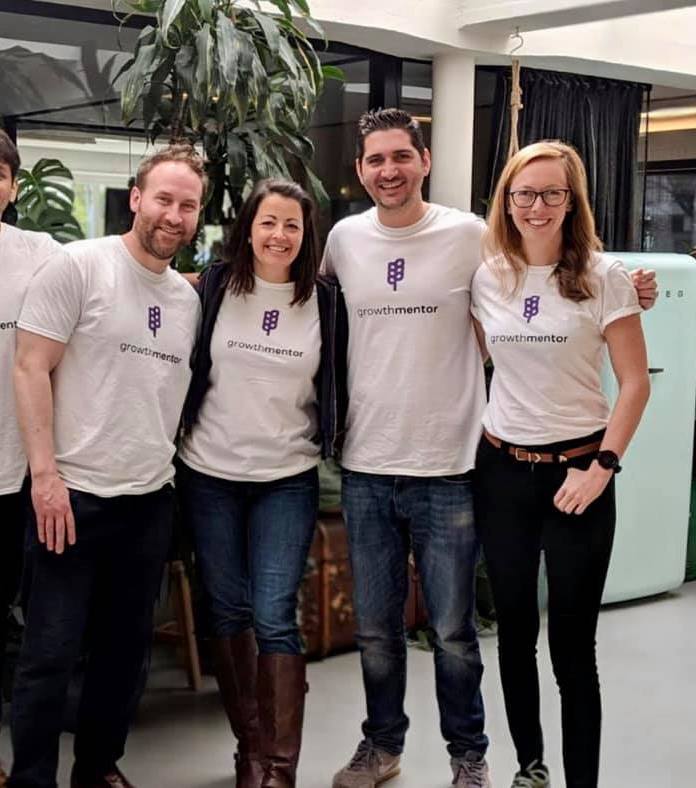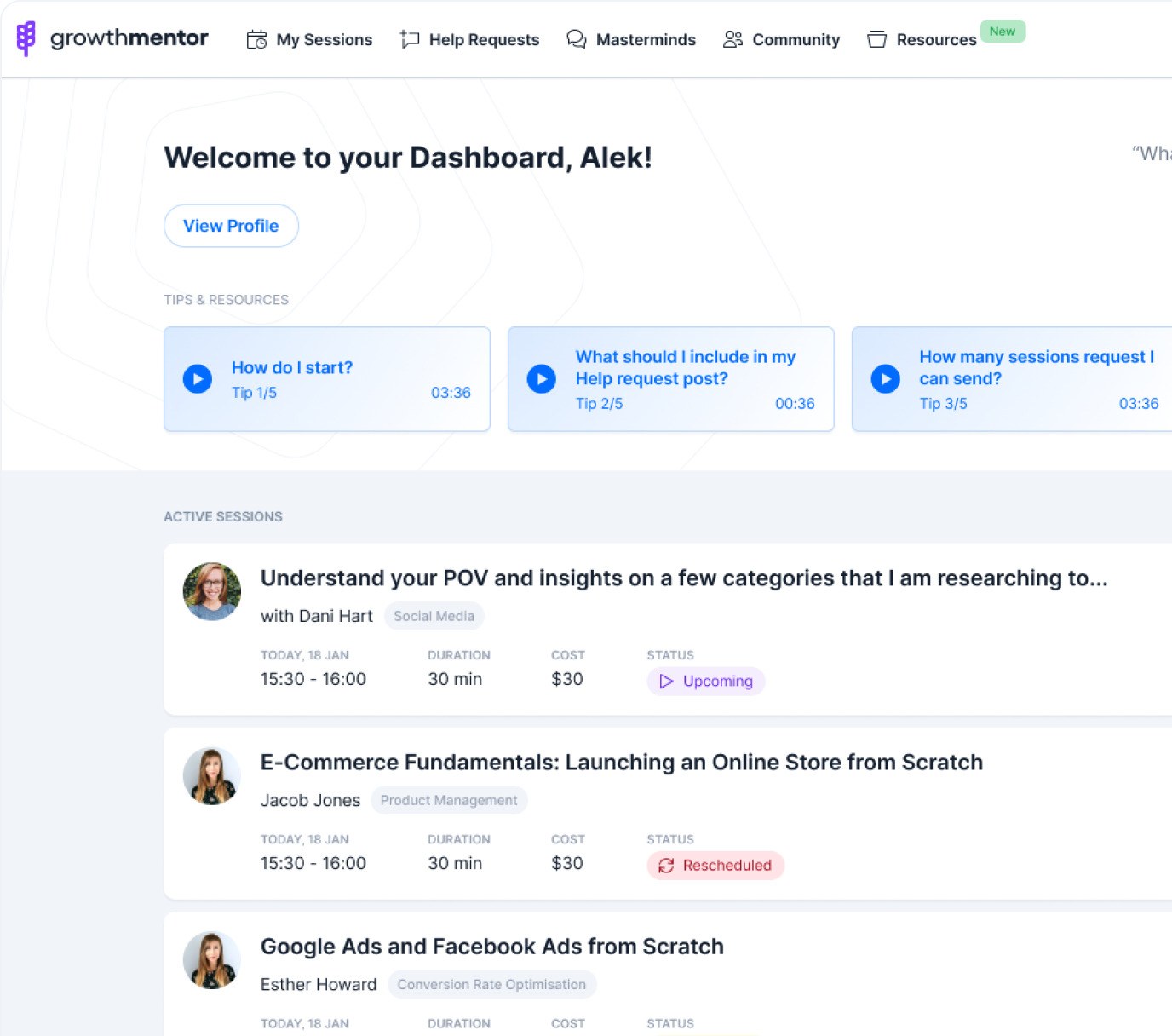How to Write Help Requests That Actually Get Help
You’ve got one shot. One active Help Request. Make it count.
The difference between a Help Request that gets five qualified responses and one that sits there collecting digital dust isn’t luck – it’s clarity. After watching early adopters use our new feature, the pattern is crystal clear: specific requests get specific help, while vague requests get vague silence.
Here’s your practical guide to writing Help Requests that attract the right people for the right reasons.
The Specificity Principle: Why Details Win
Think about the last time someone asked you, “Know anyone who can help with marketing?” Your brain probably froze. Marketing what? For whom? What kind of help? What budget? Without context, even your best intentions lead nowhere.
Now imagine they asked: “Know a B2B content marketer who’s scaled a blog from 0 to 50K monthly visitors, available for 20 hours/week at $5K/month?”
Suddenly, you either know exactly who to recommend or you know to stay quiet. That’s the power of specificity – it helps the right people self-select in and the wrong people self-select out.
The psychology is simple:
- Specific needs trigger specific pattern matching
- Clear constraints prevent wasted conversations
- Detailed context builds trust before the first interaction
- Transparency signals you’re serious, not shopping
When you share real numbers, real timelines, and real challenges, you attract real professionals who can provide real help.
The Perfect Request Formula
After analyzing successful Help Requests, here’s the formula that works:
Lead with the problem, not your credentials
- Weak: “I’m a Y Combinator-backed founder looking to scale”
- Strong: “Need to reduce 25% monthly churn before we run out of runway in 4 months”
People don’t care about your impressive bio if they can’t understand how they can help. Your challenge is your hook.
Include real metrics and constraints
- Weak: “Looking for affordable marketing help”
- Strong: “Need part-time CMO for $6-8K/month, 20 hours/week, 3-month commitment”
Hiding your constraints doesn’t expand your options – it wastes everyone’s time on mismatched expectations.
State what value you bring
- Weak: “Want to explore partnerships”
- Strong: “We bring 15K engaged SaaS founders email list + weekly newsletter slot”
Help Requests work best as value exchanges, not charity cases. What’s in it for them?
Define success upfront
- Weak: “Need help with growth”
- Strong: “Success = 100 qualified demos booked in next 60 days”
When people know what winning looks like, they can realistically assess if they can help you get there.
Real Examples Across Different Request Types
Mentorship Request
- Weak: “Need help scaling my startup”
- Strong: “B2B SaaS at $30K MRR hitting growth plateau. Tried paid ads (CAC too high), content marketing (too slow), and cold outreach (low response). Need someone who’s scaled from $50K to $500K MRR to review our growth motion and identify what’s broken. Can share full metrics.”
Partnership Request
- Weak: “Looking for marketing partners”
- Strong: “Developer tool startup with 5K Discord community seeking content partner. We have: technical writers, $2K/month content budget, and SEO expertise. You have: B2B SaaS content experience and distribution channels. First project: co-create ‘State of DevTools 2024’ report.”
Hiring Request
- Weak: “Hiring a growth marketer”
- Strong: “Need T-shaped growth marketer for 6-month contract. Own: paid acquisition (Google/FB), conversion optimization, and marketing analytics. Budget: $7K/month. Challenge: we’re competing against funded competitors with 10x our budget. You’ll need scrappy creativity over big budget experience.”
Introduction Request
- Weak: “Need intros to investors”
- Strong: “Seeking warm intro to Sarah Chen at Insight Partners – saw her thesis on vertical SaaS for healthcare. We’re building AI-powered intake forms for specialist clinics, currently at $80K MRR with 40 customers. Have deck and customer case studies ready.”
Common Mistakes That Kill Responses
Being vague to seem flexible
“Open to various partnership opportunities” attracts no one.
“Need content distribution partner for weekly fintech newsletter” attracts exactly the right people.
Hiding important constraints
If you can only pay $3K/month, say it. If you need someone by next Tuesday, mention it.
Constraints aren’t weaknesses – they’re filters.
Making people guess what you need
“Would love to connect about potential synergies” makes everyone’s eyes glaze over.
“Need introduction to your Head of Partnerships at Stripe” gets immediate action or polite decline.
Forgetting urgency or timeline
“Looking to hire eventually” suggests you’re just browsing.
“Need fractional CFO to close our Series A in next 6 weeks” attracts people ready to move.
Writing a novel
Your life story isn’t necessary.
Get to the point in the first sentence, add necessary context, then stop.
Respect people’s time from the start.
The Pre-Request Checklist
Before hitting publish, ask yourself:
- Could someone understand what I need in 10 seconds? If not, rewrite your first sentence.
- Have I included at least 2 specific numbers? Budget, timeline, metrics, team size – numbers make it real.
- Is my biggest constraint clearly stated? Don’t make people discover dealbreakers three calls in.
- Would I respond to this request? If you wouldn’t know how to help yourself, others won’t either.
- Can success be measured? Vague goals get vague help. Specific outcomes get specific solutions.
The 80-Character Title Challenge
Your title is your billboard. You’ve got 80 characters to stop the scroll. Here’s what works:
Include the most important qualifier
- “Fractional CMO for B2B SaaS ($8K/month)”
- “Co-marketing partner with HR email list (20K+)”
- “Intro to Series A fintech investors (closing soon)”
Front-load the ask. Don’t bury the lede. Put exactly what you need in the first few words.
Add one specific constraint. This helps people quickly qualify themselves in or out.
A Final Reality Check
Help Requests aren’t magic. They’re just a tool that rewards clarity over cleverness, specificity over spray-and-pray, and transparency over theater.
The professionals in our community are busy. They’re not scrolling through requests looking for vague opportunities to possibly maybe help someone someday. They’re looking for specific ways they can add value right now.
Give them that specificity. Show them exactly how they can help. Make it easy for the right people to say yes and the wrong people to move on.
Your request quality determines your response quality. So before you publish, ask yourself: Have I made it crystal clear what help I need, why I need it, and what I’m offering in return?
If yes, publish it. If no, add more specifics.
The right help is out there. But it can only find you if you tell it exactly what you’re looking for.
Ready to put this into practice? Write your first Help Request here and see the difference specificity makes.


